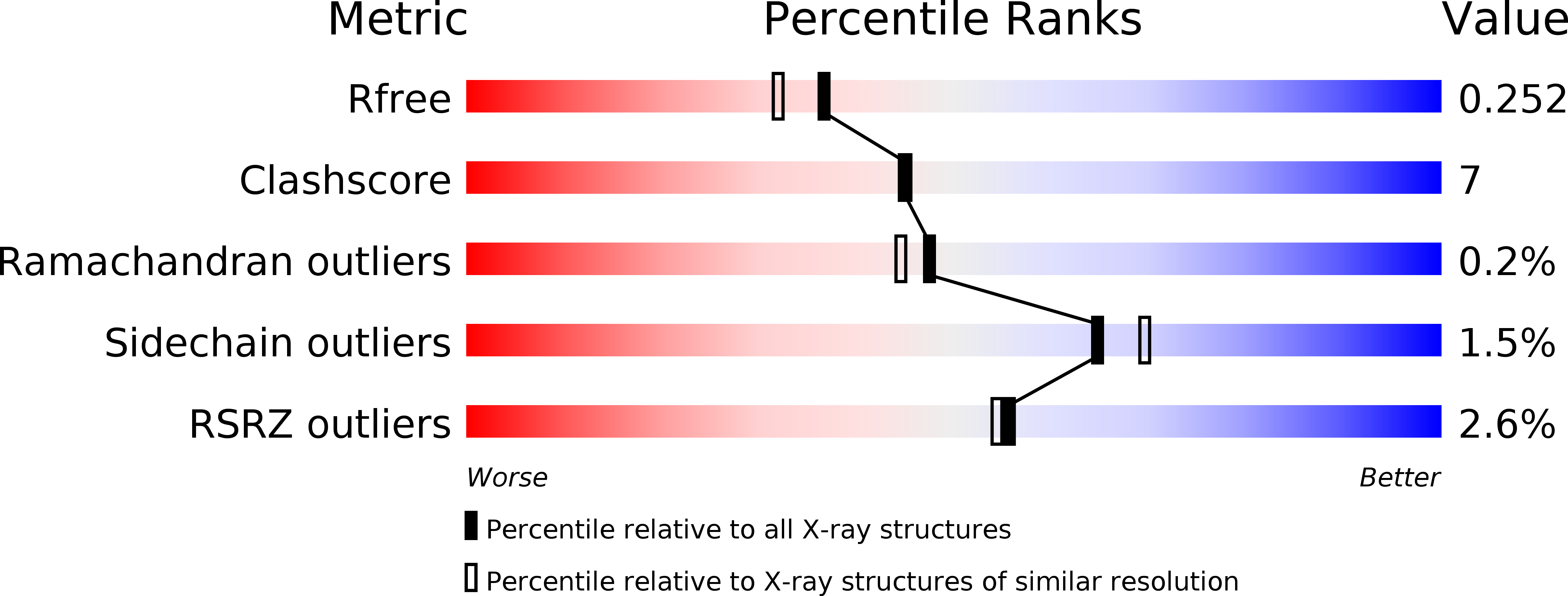
Deposition Date
2008-10-08
Release Date
2008-12-23
Last Version Date
2024-11-06
Entry Detail
PDB ID:
3ETO
Keywords:
Title:
2 Angstrom Xray structure of the NOTCH1 Negative Regulatory Region (NRR)
Biological Source:
Source Organism:
Homo sapiens (Taxon ID: 9606)
Host Organism:
Method Details:
Experimental Method:
Resolution:
2.00 Å
R-Value Free:
0.25
R-Value Work:
0.21
R-Value Observed:
0.21
Space Group:
C 1 2 1


